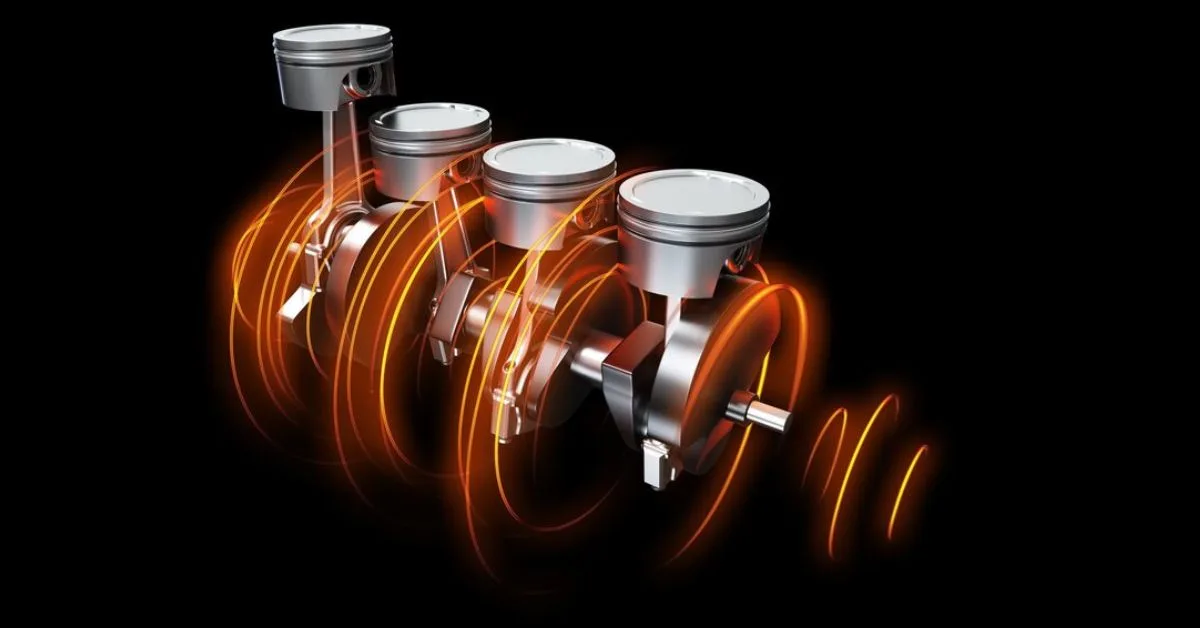Inside your car’s engine, a range of complex operations take place that maintain the normal functioning of your car. As we know, engine oil is one of the most important fluids in the engine that is needed to lubricate the moving parts of the engine.
But do you know what the component inside the engine is that manages how much oil will flow inside the engine? The variable valve timing solenoid is a small part of the variable valve timing system that manages the oil flow depending on the engine speed and load.
If the VVT solenoid is in good condition, then the engine delivers maximum output and burns less fuel.
Understanding the Basics
Before we enter into the VVT solenoid function, it is important to know the basic engine valve principle. Valves in a combustion engine open and close, regulating air and fuel intake and expelling gases.
The Variable Valve Timing (VVT) is a technology that sets the timing of the valves, which are responsible for the opening and closing of the engine. This adjustment tunes the engine for the best possible fuel efficiency in varying road conditions.
In the past, engines had fixed valve timing, which led to the trade-off between performance, fuel efficiency, and emissions under different speeds and loads.
VVT solenoid is the core that provides the oil to the VVT system and plays a vital role in the system. The VVT solenoid is usually located on the cylinder head, and it functions based on the signals from the engine control unit (ECU), which changes the valve timing of the camshaft to its optimal performance.
How Does The VVT System Works?
The VVT solenoid controls the oil flow to the VVT system, which can either advance or retard the camshaft’s timing. The solenoid enriches the fuel-air mixture when it receives signals from the ECU to advance the timing.
This enables oil to flow to the actuator so that the camshaft can rotate slightly in advance. On the other hand, the retarding timing involves the limiting of oil flow to the actuator, therefore, delaying the camshaft rotation.
Symptoms of a Bad Variable Valve Timing Solenoid
Rough Idling
The essence of VVT is to adjust valve timing to suit the present driving circumstances. At low load conditions, such as cruising or idling, the VVT solenoid advances the camshaft timing, making the air-fuel mixture burning more efficient.
Precision control ensures that the engine runs at its most efficient point, leading to reduced fuel consumption.
This feature enables the engine to adjust the timing of opening and closing valves as per the changing demands without wasting fuel and, at the same time, contributes to a greener driving experience. European cars like BMW or Audi have a very smooth drive. If you own such a car and are experiencing rough idling then you should get the issue diagnosed from any reputable European auto repair shop.
Fuel Efficiency is Reduced
A VVT solenoid that is not working properly can significantly impact fuel efficiency. With this, the solenoid regulates the timing of the valves. Therefore, it can lead to a failure in combustion efficiency. It results in a rise in fuel consumption, which leaves a significant decrease in MPG.
Look out for changes in your fuel economy. If the latest ones are significantly lower, then you might need to check the VVT solenoid.
The Exhaust Emissions are Increased
A VVT solenoid that is not functioning properly may create elevated emissions levels. The engine, in turn, experiences difficulty in maintaining the correct combustion, fails to burn all the fuel, and the toxic substances get to the exhaust system. This might cause the car to fail emissions tests and thus environmental pollution.
Fixes For a Bad Variable Valve Timing Solenoid
Replacing The Solenoid
In most situations, VVT solenoids are only replaced with new ones. The solenoid is a compact element and an important part; due to this, it can wear out or be clogged with debris over time.
Changing the solenoid with a new OEM (Original Equipment Manufacturer) or high-quality aftermarket part is easy. To replace the solenoid, you should only rely on a popular Houston auto repair shop.
Cleaning or Flushing the VVT System
On occasions, the VVT solenoid may become clogged with sludge or other kinds of debris, which may, in turn, impair its performance.
A mechanic can do this by cleaning the VVT system or flushing the entire system. It calls for washing out the deposits and contaminants, which results in the best performance of the solenoid, diaphragm, and other components.
Oil Change and Regular Maintenance
The VVT system requires clean oil, and the engine has to be well-lubricated in order to work properly.
Proper oil changes involving the use of the manufacturer-recommended oil type and viscosity will help to prolong the life of the VVT solenoid. An accumulation of sludge from dirty or low-quality oil may cause the solenoid to malfunction.
For more better information visit : Thisismytribe










